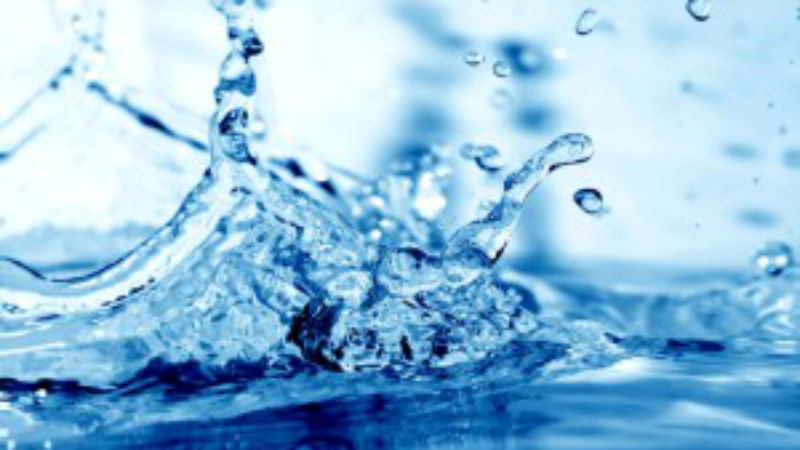Have you ever wondered how a household water filter works? Let’s take a look inside the most common types, and break down which is best for you and your home!
Physical Filtration
Physical filtration uses a tangible filter to remove particulate matter and contaminants from your water supply. Typically, a tank or collective well that houses a metal or plastic cartridge filter is at the center of these models, with an entrance and exit point for the water to move through. A booster pump may be required to push the water through the metal or plastic cartridge filter, or it may move through by way of gravity or even your home’s own water pressure. Regardless, the purification of your water is achieved by pushing that water through the filter. These models are best for heavy contaminations of both bacteria and trace elements and metals.
Chemical Filtration
Chemical water filtration uses a chemical agent or additive to achieve the purification of your water. This may be in the form of a semipermeable membrane that water passes through, the form of ionic exchange or other methods. These days, most popular models of filters use both physical and chemical filtration in tandem to get the best possible results. This ensures that larger particulate matter is trapped, while smaller, often more harmful bacteria and other matter is neutralized. Nothing like teamwork to get the job done right!
Which Filter Wins?
Truly, there is no superior type of water filtration system. The most important aspect of choosing a water filter for your home is understanding your household’s water supply and your family’s needs. The best water filter is one that meets these needs adequately and within your budget.
Still not sure which type of water filter you need? Contact your local water filtration retailer to find out more about each, and get professional advice on which is best for you.





